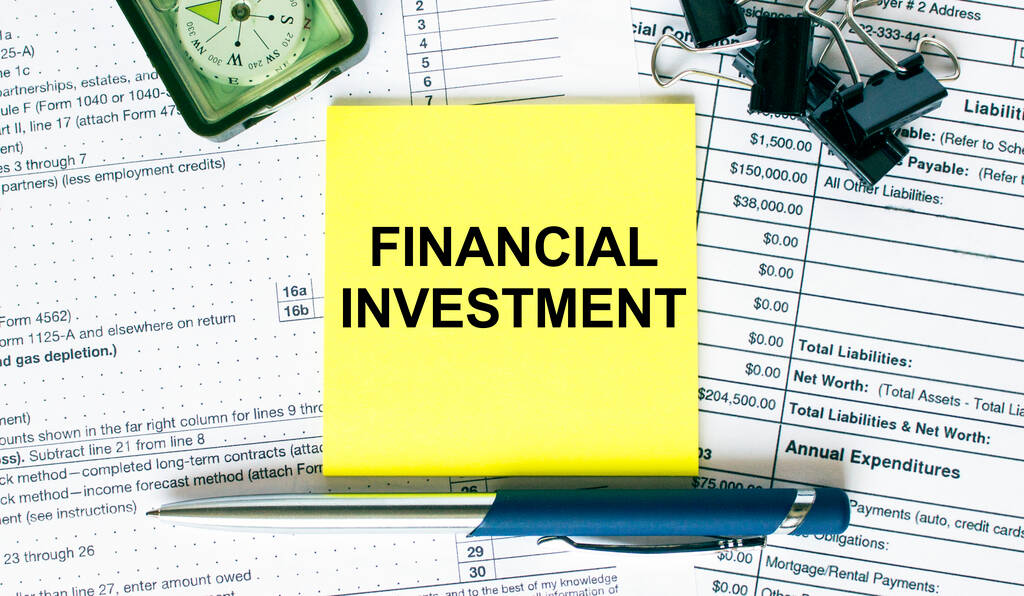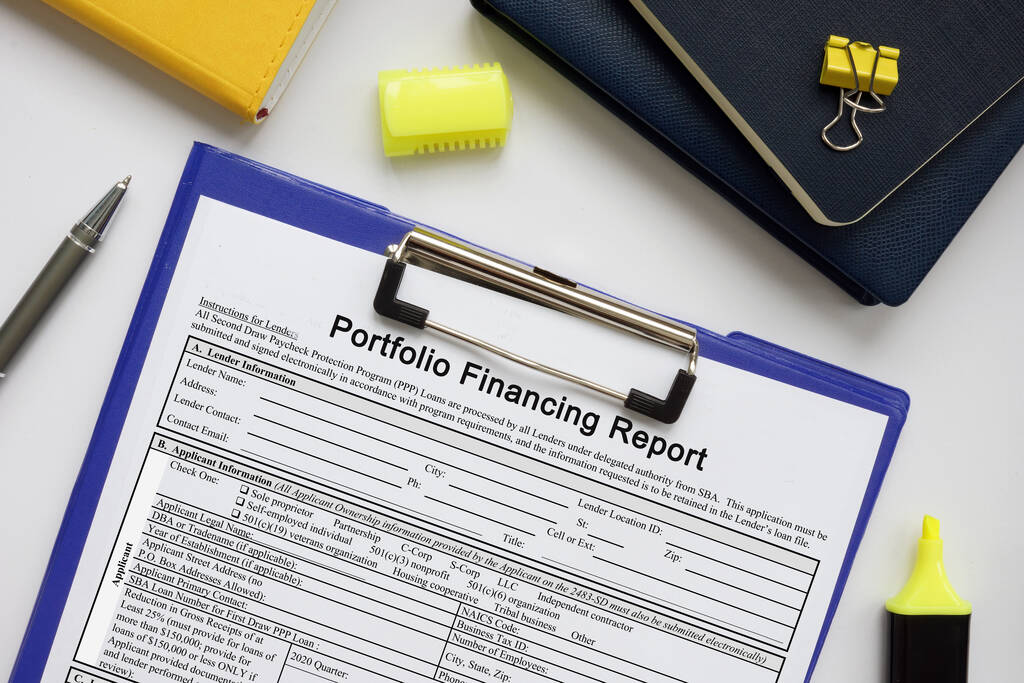In the dynamic world of real estate, opportunities often arise that require prompt financing solutions. Short-term rental loans have emerged as a valuable resource for property owners and investors looking to seize these opportunities. In this blog post, we’ll dive into the essentials of short-term rental financing, delve into the concept of short-term loans, explore an illustrative example, and highlight a top platform for short-term rental financing.

What is Short-Term Rental Financing?
Short-term rental financing refers to the financial support provided to individuals who own or plan to invest in properties with the intent of renting them out for a limited period. This form of financing is designed to accommodate the specific needs of property owners engaged in the short-term rental market, such as Airbnb hosts or vacation rental property owners.
What is a Short-Term Loan?
A short-term loan is a financial arrangement where a borrower receives a relatively small amount of capital with the agreement to repay it over a short duration. Typically, these loans have shorter repayment terms compared to traditional long-term loans. Short-term loans are an ideal choice for those seeking immediate capital for projects or investments that yield quick returns.
Example of a Short-Term Loan
Imagine you’re a property owner who wants to renovate a charming cottage for short-term vacation rentals in a popular tourist destination. You estimate that the renovation will cost $20,000 and anticipate generating rental income within six months. Instead of waiting for traditional loan approvals, you opt for a short-term loan of $20,000, which you plan to repay within a year from the rental income. This approach allows you to swiftly begin the renovation and capitalize on the peak tourist season.
The Best Platform for Short-Term Rental Financing
When it comes to short-term rental financing, one platform that stands out is [Platform Name]. Known for its seamless application process and competitive terms, [Platform Name] caters specifically to property owners in the short-term rental market. Their user-friendly interface, personalized solutions, and quick approval timelines make them a preferred choice for those seeking swift financing for property improvements, acquisitions, or other related needs.
Short-term rental financing has become a lifeline for property owners looking to make the most of lucrative opportunities in the real estate market. With the concept of short-term loans at its core, this financing solution offers flexibility and agility that aligns perfectly with the fast-paced nature of the short-term rental industry. By choosing the right platform, such as [Platform Name], property owners can secure the capital they need to enhance their properties and maximize their returns in the ever-evolving world of real estate.

Whether you’re a seasoned property investor or a first-time host, short-term rental loans provide a pathway to unlocking the potential of your real estate ventures. Embrace the possibilities that short-term rental financing offers and seize the moment to elevate your property investments.
Learn more at Wiki as well.








